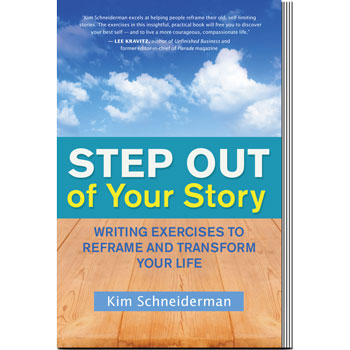Years ago, when I was in an argument with a loved one, a wise friend asked me, “Would you rather be right than loved?” It was an eye-opening question that I often return to during interpersonal conflicts.
It feels good to be right. When you’re right, it means you’re not wrong. And if you’re not wrong, you don’t need to change. And if you don’t need to change, the other person does! So you’re off the hook, with your self-esteem intact.
Of course, sometimes we don’t start conflicts and thus feel, quite understandably, that it’s not our fault. Additionally, there are times when it’s important to stand up for ourselves, assert our needs, or let loved ones know when they’ve done something that has hurt us.
But generally speaking, pointing fingers is a common pattern that usually perpetuates conflicts, as it tends to put the other person on the defense. Even if you emerge from a disagreement feeling righteously satisfied, you may still need to address the rupture in your connection, lest it fester into distance and resentment.
In her groundbreaking bestseller Hold Me Tight, couples therapy guru Sue Johnson calls the vicious cycle of finger-pointing “Find the Bad Guy.” The dynamic describes an “accuse/accuse” dynamic in which both parties frantically try to win arguments at the cost of losing the relationship.
According to Johnson, the founder of Emotionally-Focused Couples Therapy (EFT), distance inevitably creeps into any relationship, whether it’s romantic, familial, or plutonic. The distance may be felt when one person continually shows up late, doesn’t do the dishes, or is too busy to make plans with you. When this happens, we might interpret the actions personally, making up a story—for example, this person doesn’t care about, respect, or appreciate me or my time. The more we feel deep down that we are not enough, intrinsically bad, invisible, the more we are likely to project ill intentions onto our partners.
But rather than expressing the underlying feelings to the person—for example, the fear or sadness at the loss of connection—we go on the attack, accusing the person of being selfish, lazy, or perhaps mentally unstable. This is because in the moment of agitation, our fear or anger triggers our defenses, making it hard to get to the softer, deeper emotions underneath. This often degenerates into a battle of competing examples of each other’s failures in order to prove a point. As they spa over who’s right, each becomes more and more unhappy.
The great irony, of course, is that this dance is fueled by a desire to connect, which is being hijacked by the need to be right.
Shifting from Fault to Role
The first step to stopping the dance is the recognize the pattern and impact it’s having on the quality of the connection. In an effort to be right, are you feeling more and more angry, resentful, sad, disgusted, frustrated? When you’re not with the person, do you find yourself obsessing over the details and imagining telling them off?
Notice what that does to your body, and the feelings toward the other person. Does it make you want to withdraw, cheat, or punch something? If so, ask yourself whether being right is worth that feeling.
Once you recognize the emotional toll and futility of the dance, you can begin to change the steps by reframing how you view disagreements. Instead of thinking who is at fault, you can ask yourself, “what is my role in the situation?” For example, when your husband doesn’t follow up on his promise to do the dishes, do you tear into him about being lazy and self-centered? Or maybe you withdraw, or hold back from saying anything to avoid a fight, while you quietly stew in resentment. Both responses will ultimately create distance in the relationship and can easily trigger a vicious blaming cycle, creating external or internal turmoil.

Leave a Reply